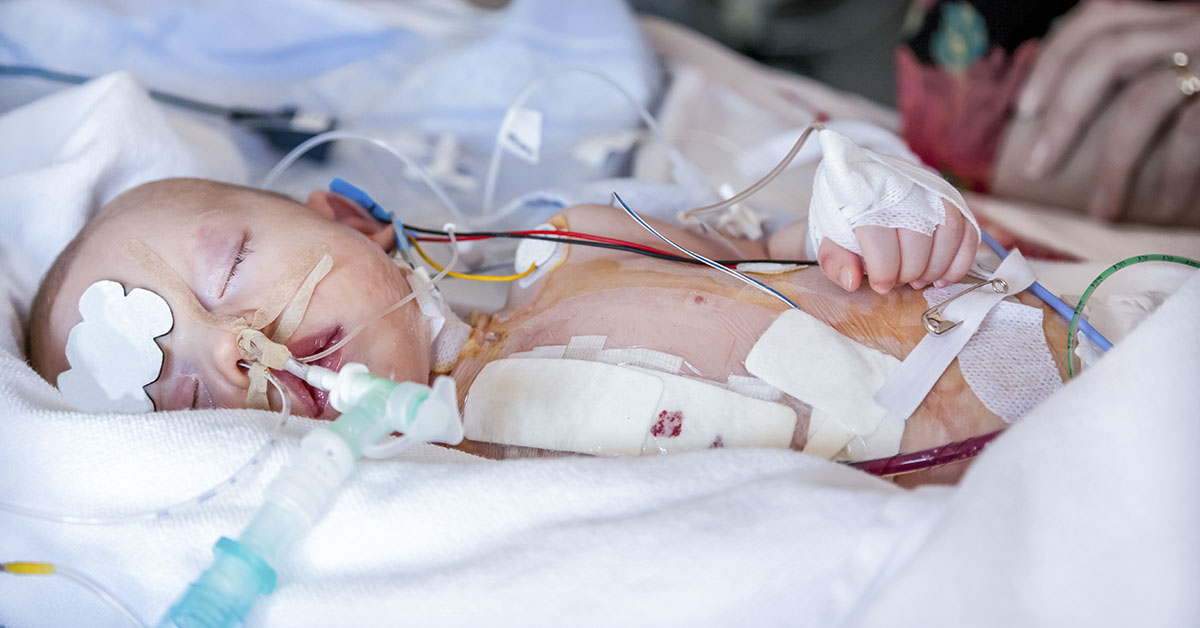Heart disease is the first leading cause of death in the United States, and stroke is the fifth. Each year, over 877,000 people die from heart disease, stroke, or other cardiovascular diseases. Many programs focus on researching these conditions and finding ways to prevent them. The most well-known leading risk factors include high blood pressure, high LDL cholesterol, diabetes, smoking, obesity, physical inactivity, and an unhealthy diet. [1] However, a new study revealed five signs in childhood that increase the likelihood of experiencing heart attacks and stroke as adults.
Study Finds 5 Signs in Children that Predict Strokes and Heart Attacks as Adults
The International Childhood Cardiovascular Consortium (i3C) undertook the largest worldwide study of this kind to find these five childhood factors. The researchers tracked over 38,000 participants for up to 50 years. In short, the findings showed that childhoods involving smoking, high blood pressure, high body mass index, and a certain kind of fat in blood called triglycerides correlated with cardiovascular events in adulthood. [2]
“Studying early life influences on disease has always been put in the too hard basket,” said senior study author Terence Dwyer, a professor at the Murdoch Children Research Institute. “But researchers in i3C took up this challenge because we knew the potential benefits to human health at the end could be very substantial.” [3]
He explained that similar studies were inhibited by “a lack of inclusion of comprehensive childhood data around body measurements, blood pressure, and blood lipids and a failure to follow-up at ages when cardiovascular disease becomes common”. So they ensured to include these details in this study.
The participants were from the United States, Finland, and Australia. They joined at ages three to 19, then researchers tracked them for 35–50 years. Among the 38,589 participants were 319 fatal cardiovascular events. Among the 20,656 participants evaluated for this specific outcome, there were 779 non-fatal cardiovascular events.
The researchers compared the data from childhood to see what signs correlated most with a heart attack or stroke later in life. Over half of the children involved had a risk factor; some had as much as nine times more overlapping risk factors than others.
Read: Know the difference between a heart attack, a cardiac arrest and a stroke. It could save a life
Prevention from Childhood
Keep in mind, this study was observational; meaning, the information is intended to help create potential prevention methods. It’s not a study that proves a clinical connection or explains why these risk factors correlate with adult cardiovascular issues. But as Dwyer points out, these results are not surprising. After all, these signs and risk factors have been linked to heart attacks and strokes before. However, this study shows that these signs could already exist in childhood.
“This new evidence justified a greater emphasis on programs to prevent the development of these risk factors in children,” he said. “Clinicians and public health professionals should now start to focus on how this might best be achieved. While interventions in adulthood like improving diet, quitting smoking, being more active, and taking appropriate medications to reduce risk factors are helpful, it is likely that there is much more that can be done during childhood and adolescence to reduce lifetime risk of cardiovascular disease.” [4]
Read: 10 Ways Your Body May Be Telling You Something’s Wrong
How to Prevent Strokes and Heart Attacks
Despite the harrowing statistics, the World Health Organization says that 80% of premature heart attacks and strokes are preventable. [5] Fortunately, there are ways to lower one’s risk of these events, and they are part of a generally healthy lifestyle. If you have risk factors like the ones previously mentioned (plus more like family history or kidney disease), speak to your doctor about the best treatment plan for you. It may include methods like:
- Eat a healthy diet. It should center around plenty of fruits and vegetables, lean meats, fish, legumes, and whole grains. Also, restrict salt, sugar, and fats. Drink alcohol in moderation.
- Be more physically active. At least half an hour of regular physical activity daily can help maintain heart health; an hour on most days in a week can help maintain a healthy weight.
- Maintain a healthy weight through diet and exercise. Moreover, speak to a medical professional for a more involved weight-loss plan tailored to you.
- Avoid smoking and tobacco products. Also, avoid exposure to second-hand smoking.
- Manage medical conditions such as hypertension (high blood pressure), high cholesterol, high blood sugar, diabetes, etc. This may include restricting salt intake, taking medication regularly, increasing physical activity, taking insulin, etc. [6]
Keep Reading: Signs You Have a Blood Clot and Don’t Even Know it
Sources
- “National Center for Chronic Disease Prevention and Health Promotion (NCCDPHP).” CDC.
- “Childhood Cardiovascular Risk Factors and Adult Cardiovascular Events.” The New England Journal of Medicine.
- “Five childhood risk factors researchers say could increase chances of stroke, heart attacks as an adult.” CTV News. Alexandra Mae Jones.
- “Five childhood risk factors predict heart attacks and strokes in adulthood.” Science Daily. Murdoch Childrens Research Institute.
- “Cardiovascular diseases: Avoiding heart attacks and strokes.” WHO.
- “8 Things You Can Do to Prevent Heart Disease and Stroke.” Heart.org. American Heart Association.

